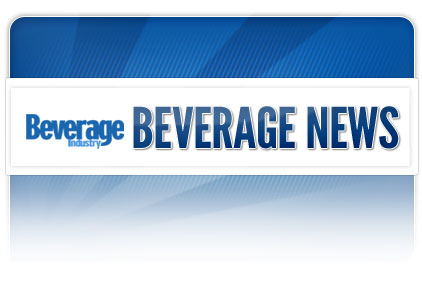Buoyed by positive same-store sales and customer traffic results, the Washington, D.C.-based National Restaurant Association’s Restaurant Performance Index (RPI) rose in November. The RPI, a monthly composite index that tracks the health of and outlook for the U.S. restaurant industry, stood at 99.9 in November, up 0.5 percent from October. However, November marked the second consecutive month in which the RPI stood below 100.
“The November gain in the RPI was driven by improving same-store sales and customer traffic levels, both of which registered their strongest performance in three months,” said Hudson Riehle, senior vice president of the research and knowledge group for the association, in a statement.
The RPI is constructed so that the health of the restaurant industry is measured in relation to a steady-state level of 100. The RPI consists of two components: current situation index and expectations index.
The current situation index, which measures current trends in same-store sales, traffic, labor and capital expenditures, stood at 99.8 in November, an increase of 0.6 percent from a level of 99.3 in October. Although restaurant operators reported net positive sales and traffic results in November, softness in the labor and capital spending indicators outweighed the performance, which resulted in a current situation index reading below 100 for the fourth time in the last five months.
Restaurant operators reported positive same-store sales for the 18th consecutive month, with November’s results representing the strongest performance in three months, the National Restaurant Association reports. Fifty-five percent of restaurant operators reported a same-store sales gain between November 2011 and November 2012, up from the 40 percent who reported positive sales in October, it states. In addition, 30 percent of operators reported lower same-store sales in November, down from 36 percent in October.
Restaurant operators also reported a net gain in customer traffic levels in November. Forty-three percent of restaurant operators reported higher customer traffic levels between November 2011 and November 2012, up from the 30 percent who reported positive traffic in October, according to the association. Meanwhile, 35 percent of operators reported lower customer traffic levels in November, down from 41 percent in October.
Although sales and traffic results improved, restaurant operators reported a dip in capital spending. Thirty-seven percent of operators said they made a capital expenditure for equipment, expansion or remodeling during the last three months, which represents the lowest level in 32 months, the association reports.
The expectations index, which measures restaurant operators’ six-month outlook for same-store sales, employees, capital expenditures and business conditions, stood at 100.0 in November — up 0.4 percent from October.
Restaurant operators are somewhat more optimistic about sales growth in the coming months. Thirty-seven percent of restaurant operators expect to have higher sales in six months (compared with the same period in the previous year), up from 31 percent last month, according to the association. Meanwhile, 14 percent of restaurant operators expect their sales volume in six months to be lower than it was during the same period in the previous year, down from 21 percent last month, it adds.
In contrast, restaurant operators registered mixed opinions about the direction of the overall economy. Twenty-one percent of restaurant operators said they expect economic conditions to improve in six months, essentially unchanged from 20 percent last month, the association states. Meanwhile, 36 percent of operators said they expect economic conditions to worsen in the next six months, while 38 percent reported similarly last month.
Along with the uncertain outlook, restaurant operators reported a pullback in capital spending plans for the months ahead. Forty-five percent of restaurant operators plan to make a capital expenditure for equipment, expansion or remodeling in the next six months, down from 50 percent who reported similarly last month.



